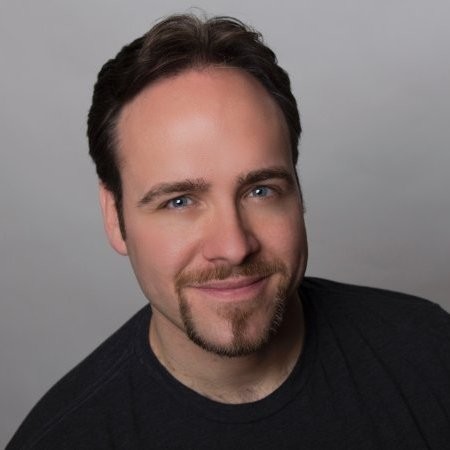Fairway Independent Mortgage Corporation is charting a new path for its dedicated reverse mortgage division following an executive shakeup at the end of January and the appointment of several new division executives this week.
In addition to a “decentralized” approach, Fairway will continue to bolster its Home Equity Conversion Mortgage (HECM) business with HECM for Purchase (H4P) loans and clear a path for the company’s 3,000 loan officers to incorporate reverse mortgages into the product mix.
To get a better understanding of what these changes mean for Fairway’s reverse mortgage business, RMD spoke with several of the division’s new leaders: Reverse Division President Tane Cabe; EVP of Reverse Marketing and Technology Tom Evans; EVP of Reverse Sales Support Mike Daryanani; and EVP of Reverse Operations and Secondary Marketing Peter Sciandra.
Industry and company evolution
These changes are a natural evolution for the reverse mortgage platform at Fairway and are designed to open up the product to more qualified borrowers, Evans said.

“We focused on how we can get the product across to more of Fairway’s customer base at the end of the day,” Evans said. “Fairway did, I think, about $46 billion worth of loans in 2022, so that’s a lot of people that we’re touching. We wanted to make sure that those folks that were eligible for reverse mortgages had a shot at learning more about them.”
Sciandra said some of the traditional mortgage attributes the company is known for are now more likely to be applied to the reverse space.
“A lot of us have had a background in both forward and reverse,” Sciandra said. “And one of the things we’ve seen is, let’s face it, reverse could use some improvements in how things are done. The process could be speeded up and made easier for the borrower, for instance. So what we’ve done now is we’ve tapped into the forward side, looking at how they do things [and] the efficiencies they’ve created in terms of the process.”
Using the size to mainstream reverse mortgages
For Daryanani, it’s all about leveraging the size of Fairway and applying it to the reverse side of its business.

“We’re clearly one of the biggest traditional loan companies on the planet,” Daryanani said. “But the fact of the new volume that’s going to be coming in on the reverse side, Fairway is definitely going to be picking up a big piece of the market share in the near future.”
Cabe said ideally, more reputation overlap between Fairway’s forward and reverse divisions will lead more referral partners, as the trust they already have in Fairway’s forward division is transferred to the reverse side.
“Fairway’s got to be one of, if not the most, trusted brand from referral sources, such as real estate agents and financial advisors,” he said. “They trust Fairway to close well. And so, we want to bring that same brand awareness that [we have on] the forward side, [and bring it to] the reverse side: that we close well, and we’re known for that. Not just in a traditional, reverse, but H4P.”
The meaning of ‘decentralized’ at Fairway
One of the key aspects of the announcement of the division’s shakeup centered on moving away from “a highly centralized” structure. When asked about this, Evans said that decentralizing the division brings it more in line with the traditional mortgage operation.

“That’s just how Fairway operates on the traditional side,” Evans said. “It’s all about people creating their own independent platforms and bringing them all together. [The reverse division] was one of those platforms, and now we are decentralizing it. We have seven current reverse mortgage processing centers that have sprung up over the last three weeks. These are folks that were already doing some of our regional processing, but now they’re expanding their capabilities.”
Cabe said the decentralization will allow the division to become more nimble.
“Now we’re flattening that out and allowing the street [to drive business] on a regional basis initially, and then eventually further beyond that,” Cabe said. “[That will place] the control at the street level in the community that they serve.”
In terms of what that means for his role, Cabe said the nimbleness at the community level is essential for providing a streamlined experience.
“We want to emphasize systems and processes to have that duplicatable prototype at the street level,” he said. “So there is the emphasis — from the corporate side, from all of us — to help educate and have those systems in place so that there is a repeatable experience at the client, branch and loan levels. So, it empowers them to do what they want to do with some flexibility, while at the same time allowing them to learn best practices.”



